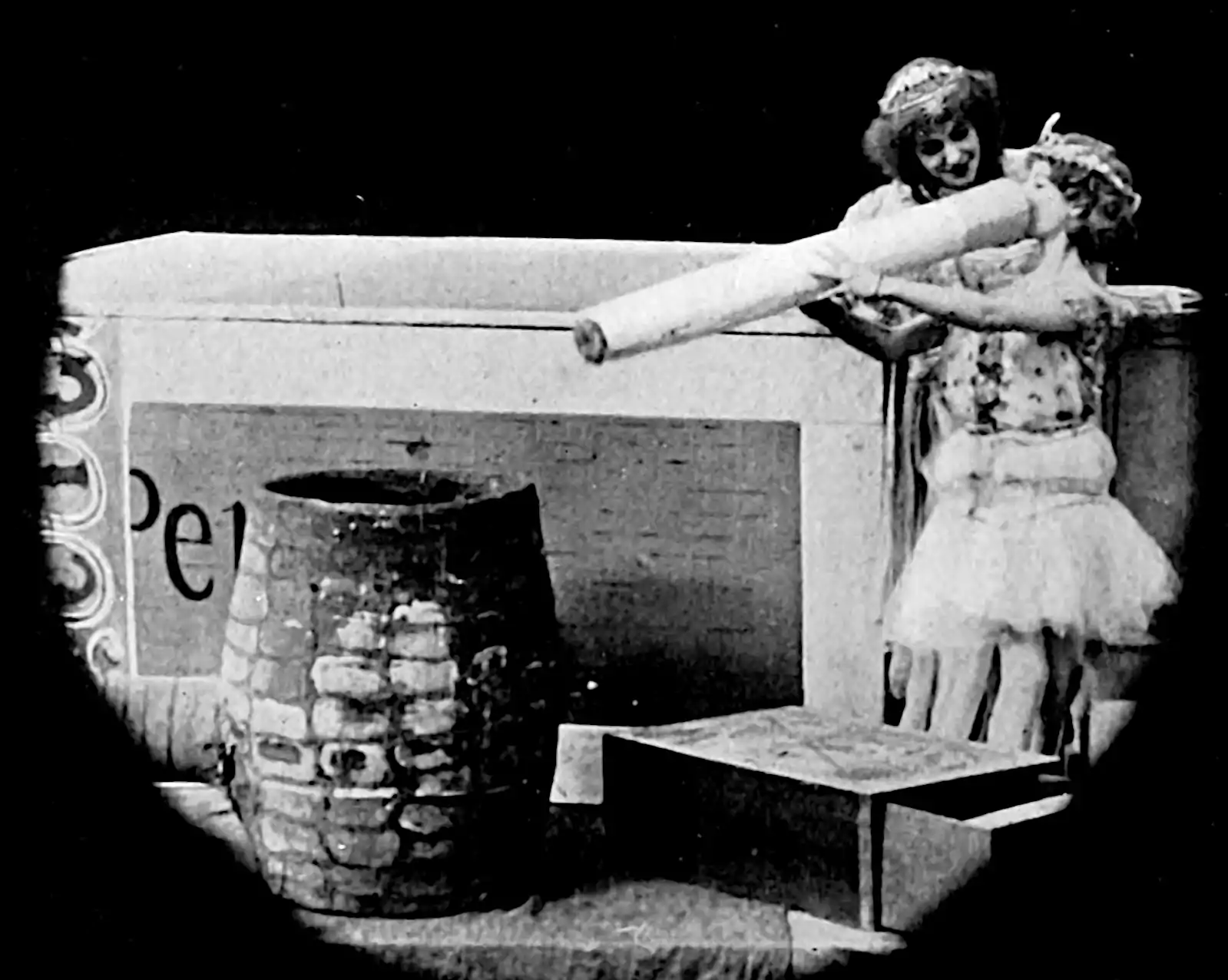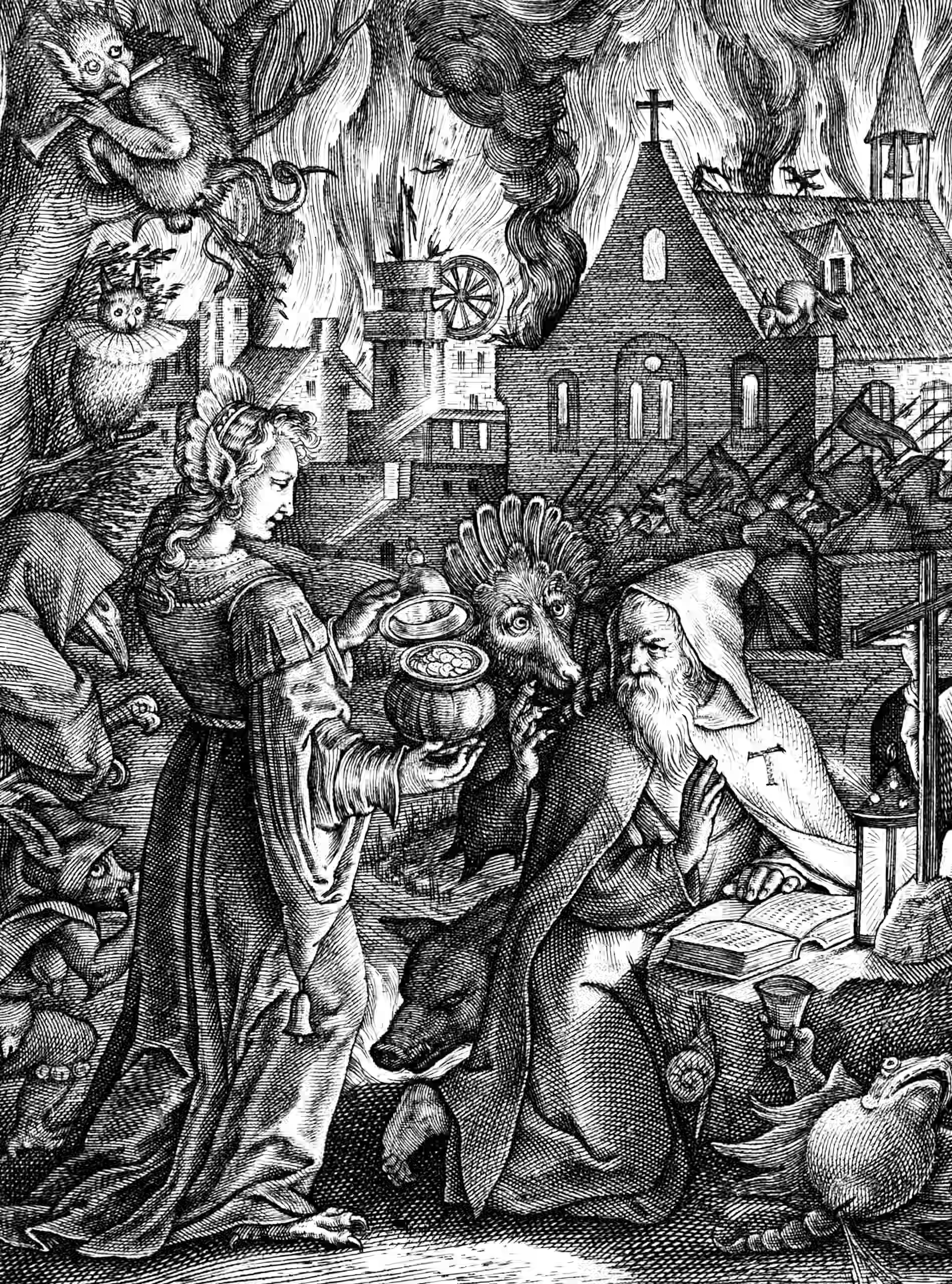Addiction
2021-05-24 — 2024-10-29
Wherein the brain’s opioid pathways and treatments such as naltrexone and semaglutide are examined, and the dampening of cravings for alcohol, shopping, or scrolling is described.
I think there are many technical definitions of addiction. Informally, addictions are a conflict between the desire to get a hit right now and longer-term desires. Or maybe habits that seem worth continuing while we have them, but we are glad to avoid when we stop. That includes social media, of course: Allcott et al. (2019).
Not much to say here right now; perhaps see weaponised addiction for some hot takes, and think about attention hacks and so on.
1 Neurobiological pathways
What does the role of opiate agonists say about how addictions work? And how they should be treated? Aboujaoude and Salame (2016):
Thirty-nine efficacy studies were retrieved, covering alcohol use disorder \(n=22\), opioid use disorder \(n=6\), nicotine use disorder \(n=5\), stimulant use disorder \(n=2\), gambling disorder \(n=2\), trichotillomania \(n=1\), and kleptomania \(n=1\). Despite the very different presentations within and between both addiction categories, the data, as a whole, show consistency in favour of naltrexone’s relative efficacy and safety. Given the potential benefit and good tolerability revealed in the studies, the high morbidity associated with addiction, and the dearth of alternate treatments, naltrexone would seem like an underutilised treatment option. Further, naltrexone’s seemingly broad anti-addiction efficacy supports a shared role for brain opioid pathways in the pathophysiology of addiction, broadly defined.
Sara Zhang, Could Ozempic Also Be an Anti-addiction Drug?
Earlier this year, she began taking semaglutide, also known as [Ozempic], after being prescribed the drug for weight loss. …Her food thoughts quieted down. She lost weight. But most surprisingly, she walked out of Target one day and realised her cart contained only the four things she came to buy. “I’ve never done that before,” she said. The desire to shop had slipped away. The desire to drink, extinguished once, did not rush in as a replacement either. For the first time—perhaps the first time in her whole life—all of her cravings and impulses were gone. It was like a switch had flipped in her brain.
A review of many pharmacological interventions in Can we cure Alcoholism? - by Sam Atis notes that some pharmaceutical intervention effect sizes are not amazing:
It sounds odd, but the best advice to someone who is an alcoholic is probably: just try to give up, you’ve got a pretty good chance of succeeding. It sounds a bit shit, doesn’t it? I once made the case that good advice should be non-obvious, and the advice ‘you should just try to stop drinking, have you thought of that?’ fails the non-obvious test. So what about: try to give up drinking, take some Antabuse if you can get it because there’s a chance it’s actually pretty effective, and go to Alcoholics Anonymous too just for good measure.
2 Superstimuli and adversarial attacks on our urges
See superstimuli.
3 What even is addiction?
Ronald Dworkin, The New Prohibition
Addiction is defined as using a substance or engaging in behaviours in a compulsive manner despite harmful consequences. Opioid and alcohol addiction are classic examples. Over the years, the definition of addiction has expanded to include activities such as shopping and golf. But when one thinks about it, we all have compulsive behaviours that border on the harmful. Such behaviours are even central to our identities. We know people by what they love and what they hate, typically expressed in a sentence that begins with the word “I,” as in “I love this and I don’t love that.” This “I” of ours—including its peculiar property of loving one thing and not another with varying degrees of intensity, be it ice cream, work, or sexual partners—is how we distinguish one person from another in our minds.
Erik Hoel, Exit the supersensorium touches upon many themes; dreaming, addiction, myths, and the entertainment-industrial complex. I should raid it for points of contact here See also Living in the Supersensorium - by David Gasca.

